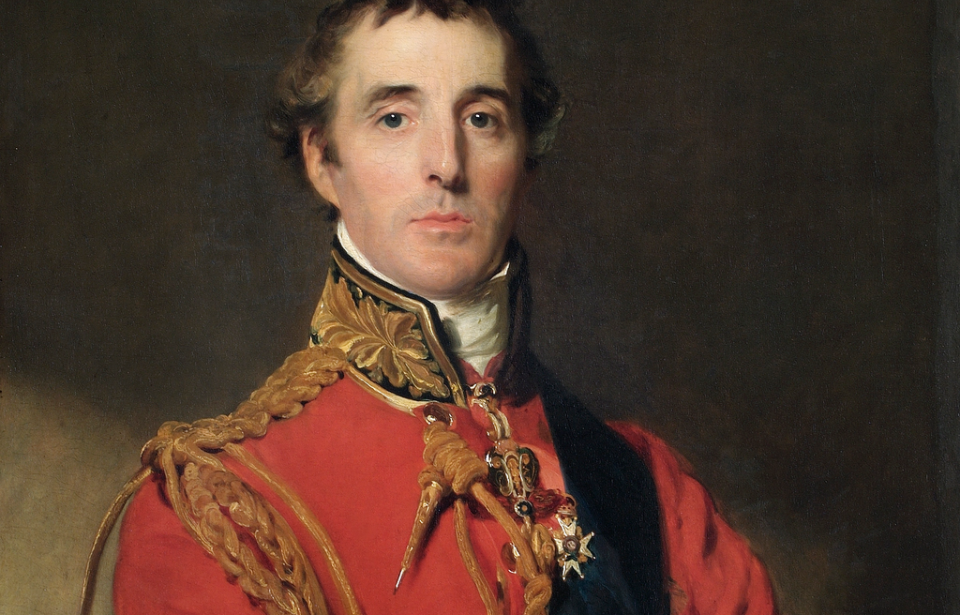Arthur Wellesley, 1st Duke of Wellington, is seen by some to be a contentious figure in British history. A brilliant military leader who aided in the downfall of Napoleon Bonaparte, he was also a less-than-popular political leader, serving as prime minister for a number of years. It’s also rumored he was the inspiration for the famous British dish, beef wellington, although this is disputed among those in cooking circles.
Arthur Wellesley’s early life
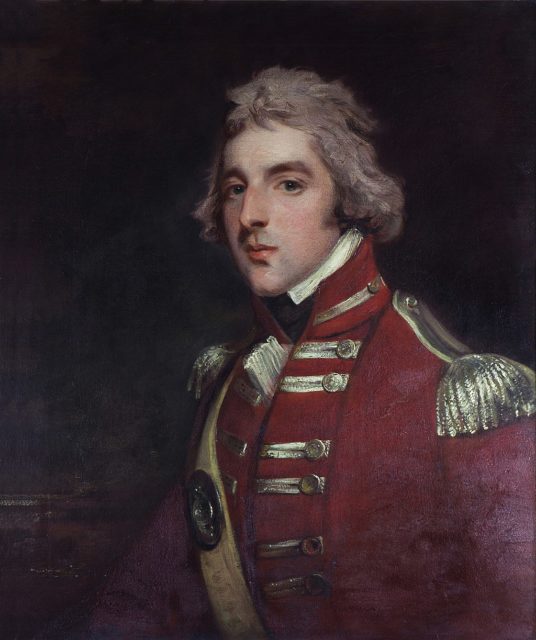
Arthur Wellesley was born in Dublin, Ireland in 1769 to a prominent family. His father, Garrett Wellesley, was the 1st Earl of Mornington, deemed so due to his talent as a composer. While the younger Wellesley was in school, his father died and the family soon encountered financial problems.
Wellesley had a difficult time in school and his mother worried he was directionless. She enrolled at a school of equitation, where he proved himself to be an excellent rider. He also showed proficiency in learning French, a language that would come in handy during his later years in the British military.
Wellesley had trouble finding work following school, so his brother, Richard, asked Charles Manners, 4th Duke of Rutland to commission him in the British Army. In 1787, he joined the 73rd Regiment of Foot as an ensign.
Arthur Wellesley’s early days in the British Army
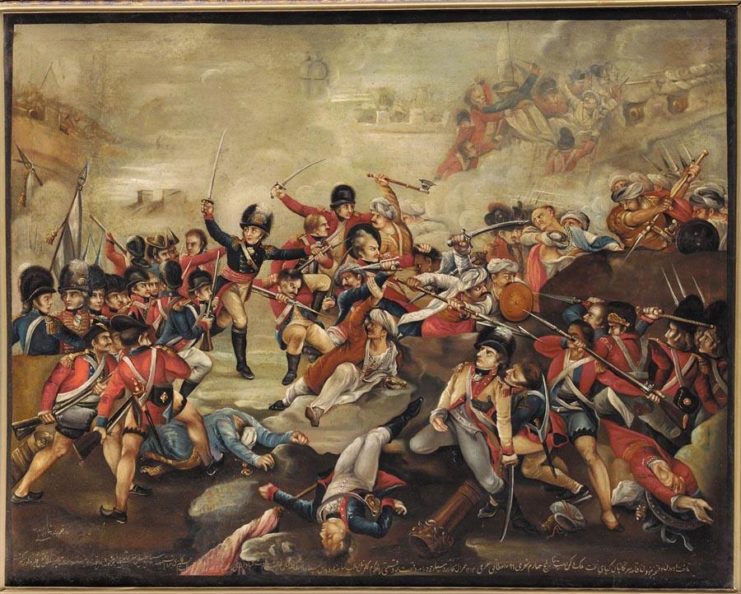
At the beginning of his service, Arthur Wellesley acted as an aide-de-camp. He rose through the ranks quickly and was promoted to a lieutenant with the 76th Regiment of Foot in December 1787. This was followed by a number of transfers, resulting in him eventually becoming a lieutenant-colonel with the 33rd Regiment of Foot in 1793.
Wellesley took part in the Flanders Campaign of 1792-95, charged with commanding the British contingent of an allied force tasked with invading France. After arriving too late to participate, he was sent to the Netherlands, where he experienced his first taste of combat during the Battle of Boxtel. While the British forces were made to withdraw, Wellesley’s men proved their abilities in protecting against the large number of French cavalrymen.
While the overall campaign was a failure for the British, the experience proved invaluable and afforded Wellesley insight that he brought to future military endeavors. His next notable engagement was the Siege of Seringapatam in 1799.
Occurring in India, the battle involved Wellesley commanding a group of British soldiers in a night attack against the village of Sultanpettah, so that the path was clear for artillery. Unbeknownst to him, the settlement was well-guarded, and the subsequent fighting resulted in 25 British casualties, among them Wellesley, who suffered a musketball to his knee.
While the group successfully accomplished the task at hand the following day, the engagement profoundly affected Wellesley. Following it, he vowed to never again attack an opponent without having the target area scouted beforehand.
Peninsular War

The 1807-14 Peninsular War saw Spain, Portugal and Britain take on France. At the start of the conflict, Arthur Wellesley was a lieutenant general in command of 9,000 men. While his troops defeated the French at the battles of Vimeiro and Roliça, one of his most famous victories came at the Battle of Talavera.
Following his victory at Talavera, the successful military leader was “elevated to the Peerage of the United Kingdom on 26 August 1809 as Viscount Wellington of Talavera and of Wellington, in the County of Somerset, with the subsidiary title of Baron Douro of Wellesley.”
Wellesley continued to cut through the French Army, slowing them down at Buçaco and preventing them from taking the Lisbon Peninsula. He accomplished the latter by having his men construct the Lines of Torres Vedras, which forced a French retreat after six months. While he experienced his fair share of losses and victories as the Peninsular War went on, he continued to show his talent as a military leader, striking fear into the opposing forces.
By the time the allied forces had defeated Napoleon Bonaparte, Wellesley was in command of the entire British Army. For his heroism during the Peninsular War, he was made the 1st Duke of Wellington.
Battle of Waterloo
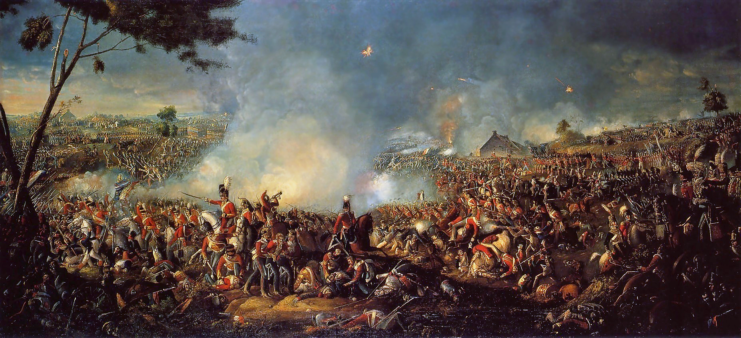
Following the Peninsular War, Arthur Wellesley became a celebrity in Britain. While he was asked to travel to Canada to aid in the War of 1812, he knew he was needed in Europe and remained, instead taking on Napoleon following his escape from Elba. The former French leader regained control of his country and amassed a new army, which traveled to the Netherlands to take on both the British and Prussian forces.
After much fighting, the conflict came to a head with the Battle of Waterloo on June 18, 1815. Marking the end of the Napoleonic Wars and resulting in Napoleon’s exile to St. Helena, it saw the British-Prussian force of between 118,000 and 120,000 defeat the much smaller french contingent of around 72,000-73,000. Following the battle, Wellesley recommended that all those who served in the Waterloo Campaign receive a military decoration, later authorized as the Waterloo Medal.
Wellesley became Britain’s prime minister in 1828 and served through to 1830. His time in power was marked by the Roman Catholic Emancipation, during which he was threatened to resign if King George IV didn’t give Royal Assent. He, again, took the position for a few weeks in 1834 following the Tories regaining power. He’d refused to remain in the role full-time and simply stepped in while a new leader was found.
During his time in office, Wellesley earned the nickname, the “Iron Duke.” He was called this both respectfully and in a mocking fashion, and the name became even more popular in 1932 when he added metal shutters to his residence, Apsley House, so rioters could no longer break the windows.
Arthur Wellesley’s later life and legacy
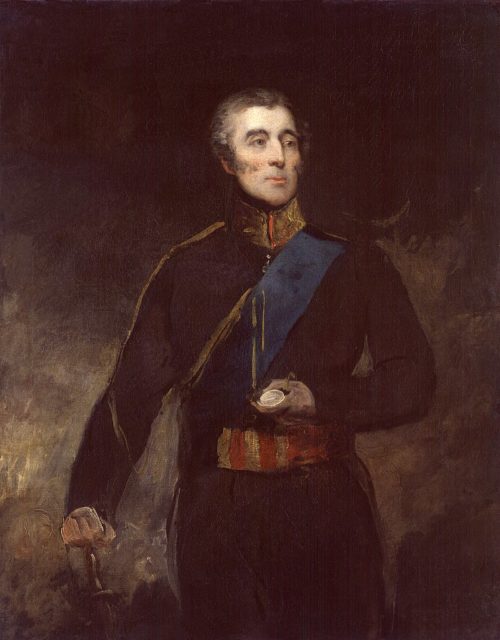
All in all, Arthur Wellesley proved to be more beloved as a soldier than as a political leader, despite continuing to serve as the Tory leader in the House of Lords until 1846. Following his retirement, he continued to serve as the British Army’s Commander-in-Chief and remained in the position until his death in 1852.
More from us: Alexander Suvorov: The Russian Military Leader Who Erased Napoleon’s Gains In Italy
Wellesley is honored in several areas of the UK. Along with dozens of monuments, it’s also said that the famed beef wellington, best known for being Chef Gordon Ramsey’s signature dish, was named in his honor. However, this story is disputed by some in the culinary world.
